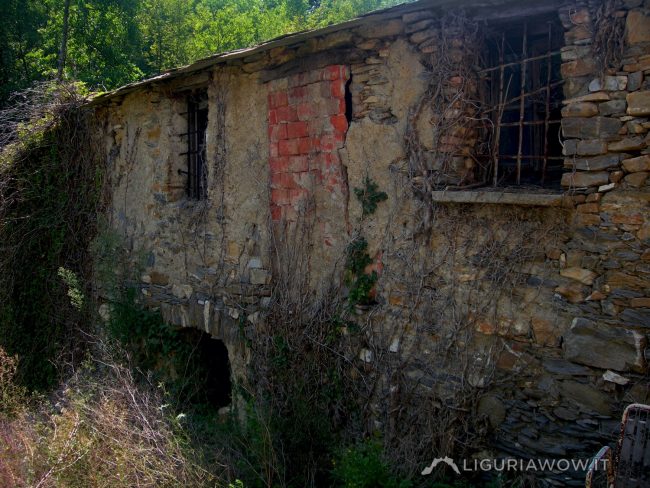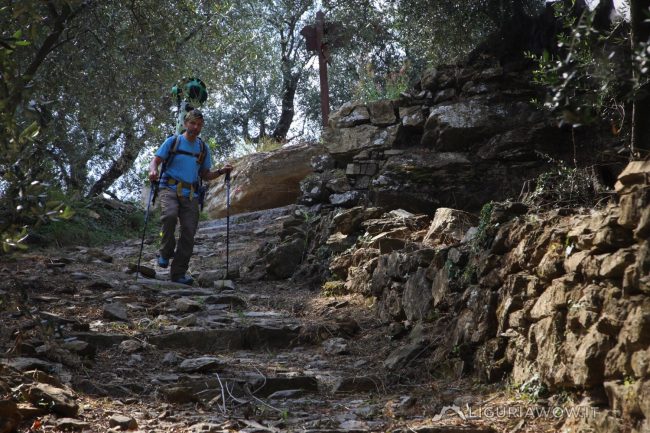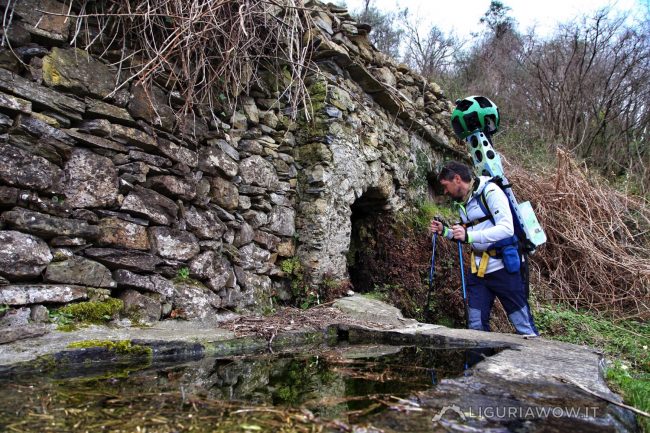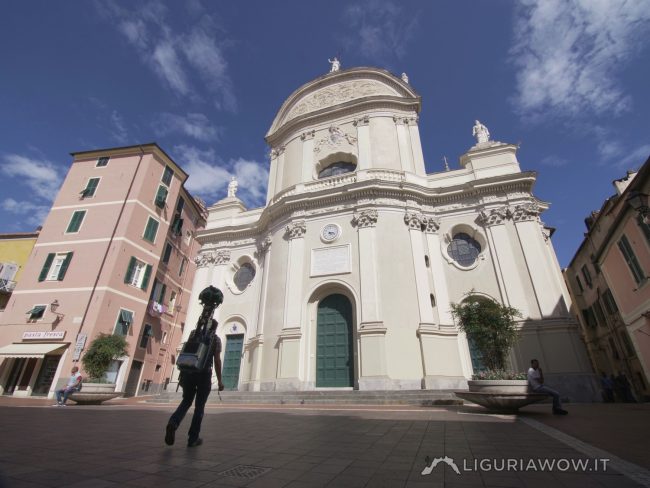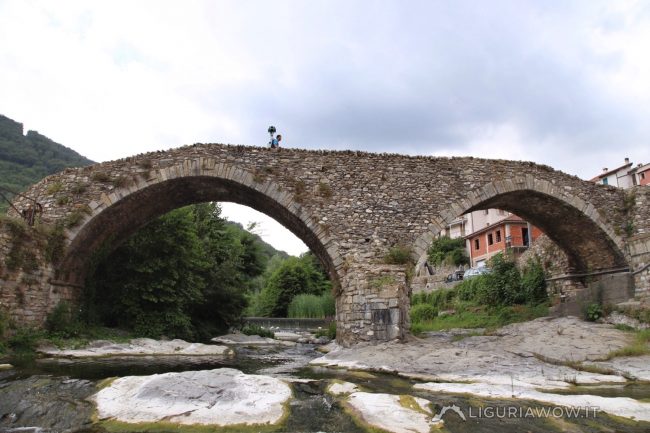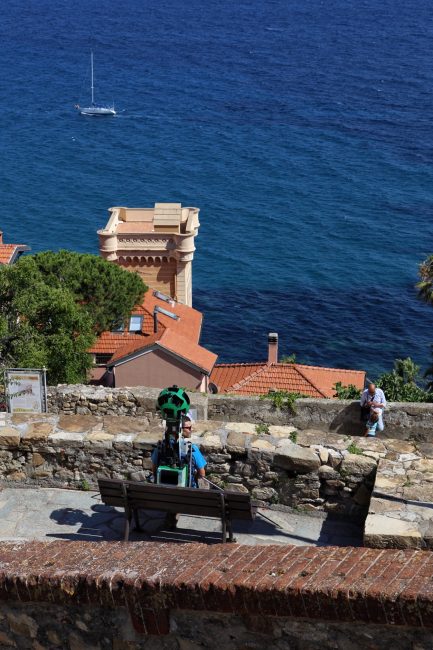The “muén du surdu” Right below Aurigo, next to the Impero torrent, there are the remains of the small inhabited nucleus of the Molini, in the Carchere region. Here, as early as 1500, four families lived permanently and there were two water mills.The Mulini di Carchere were also called “muén du surdu”, that translates as […]
Continue readingValle: Impero Valley
San Lazzaro Reale
Born on the intersection of important communication routes San Lazzaro Reale is a small village located along the road leading to Borgomaro and its valley. Here the ancient mule track towards Lucinasco and the Via Marenca crosses the Impero torrent with a two-arch bridge dating back to the end of the 15th century and accessible […]
Continue readingConio
Fief of the Lascaris Counts of Ventimiglia Conio is a small village located on the slopes of Monte Grande and home of the famous white bean.Feud of the Lascaris of Ventimiglia in medieval times, from the castle square you can enjoy a wonderful view of the Impero valley. Fonte: Orietta Brunengo Testo a cura di […]
Continue readingMule track between Lucinasco and San Lazzaro Reale
One of the main roads of ancient Liguria The mule track that leads from Lucinasco to San Lazzaro Reale, connects the upper Via Marenca with that of the valley bottom. The path is dominated by splendid centuries-old olive groves that rise on dry stone terraces, “caselle” and other rural artifacts: monuments to stubbornness, ingenuity and […]
Continue readingChiapparolo
The village of the Vescino family Ville San Pietro, nowadays an hamlet of the municipality of Borgomaro, “is made up of the villages of Garsi, Barca, Case Soprane, Chiapparolo, Costa, and Marpere. There are plenty of municipal pastures, and therefore the number of cattle remains fairly high, it is more than 400 sheep. ” (quote […]
Continue readingRuve du Megu
The monumental oak of Dr. Gandolfo The Ruve du Megu is a monumental oak, one of the largest in Italy, located near the ancient road connecting Conio and Borgomaro.The name comes from the owner, Dr. Gandolfo, who was a doctor. It is said that the tree risked being cut to make a “fuetto” (whip) for […]
Continue readingOneglia
The main outlet to the sea for Piedmont The most reliable hypothesis on the origin of Oneglia sees an early pre-Augustan settlement on the Castelvecchio hill, which then developed into the “pagus Unelia”, accompanied on the coast by Ripa Uneliae.In 1298 Oneglia became part of the possessions of the Doria family who, in 1488, founded […]
Continue readingSan Lazzaro Reale bridge
One of the most beautiful bridges in the Western Liguria The San Lazzaro Reale bridge has two spans in Romanesque style, and dates back to the end of the 15th century.It was part of an important road junction between Via Marenca, Lucinasco, the main path along the Torrente Impero and Caravonica. Testo a cura di […]
Continue readingNeviera del Guardiabella
An unusual, huge snow pit Monte Guardiabella, the last mid-mountain meadow area where haymaking is still practiced, houses a uniquely shaped lneviera”: instead of being completely excavated in the ground, this is largely above ground, insulated by a series of concentric terraces of gradually increasing thickness approaching the base.This snow pit, whose construction has been […]
Continue readingParasio
Medieval old town overlooking the sea Parasio is the fortified medieval old town, center of Porto Maurizio. The name derives from the Palatium, an ancient building that once stood on the top of the promontory.The typically strategic defensive urban layout is characterized by narrow concentric streets connected by stairways.Porto Maurizio, together with Oneglia, form Imperia, […]
Continue reading